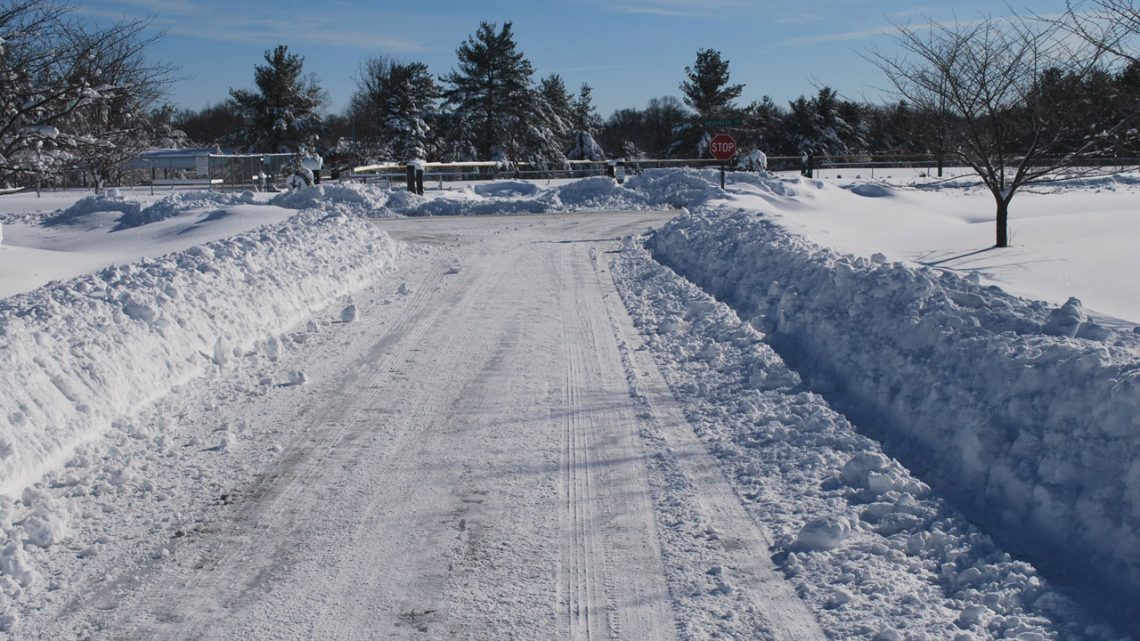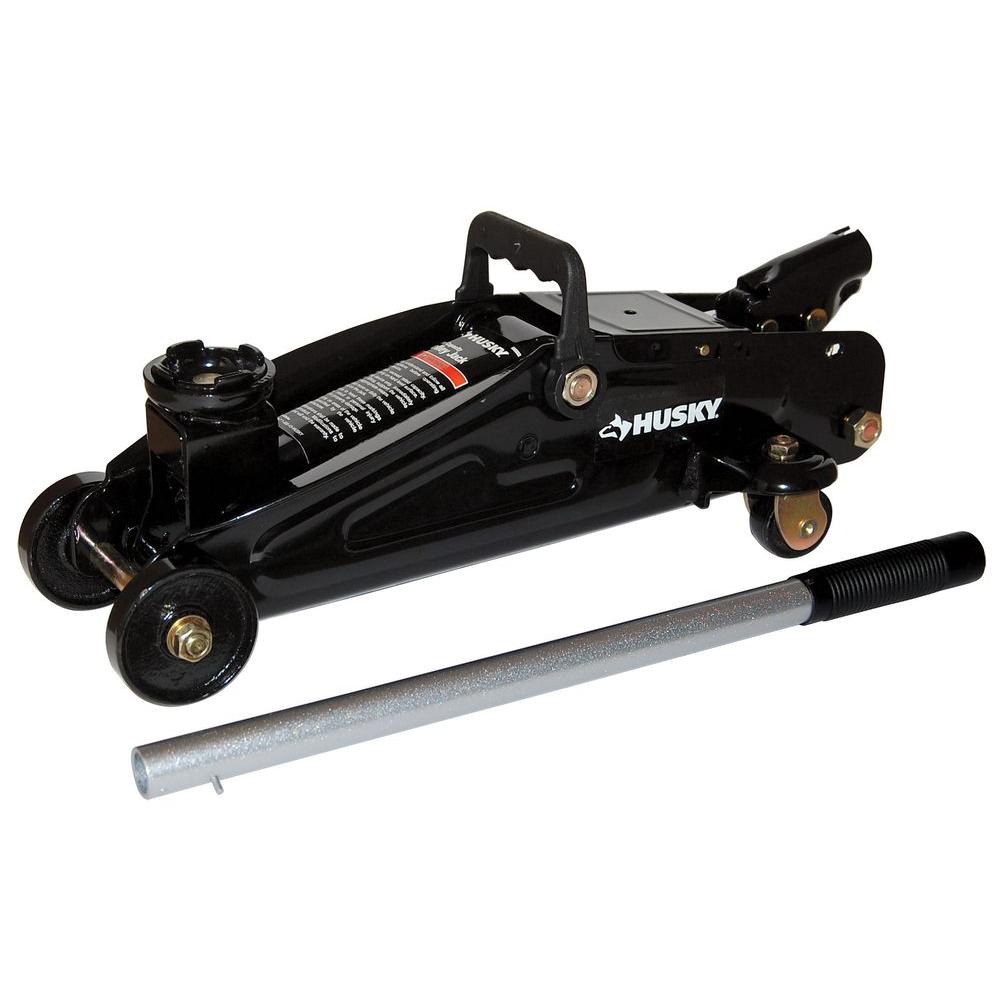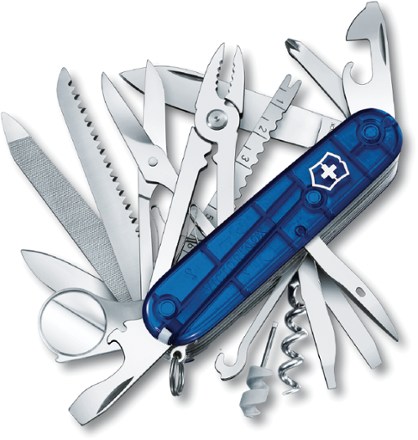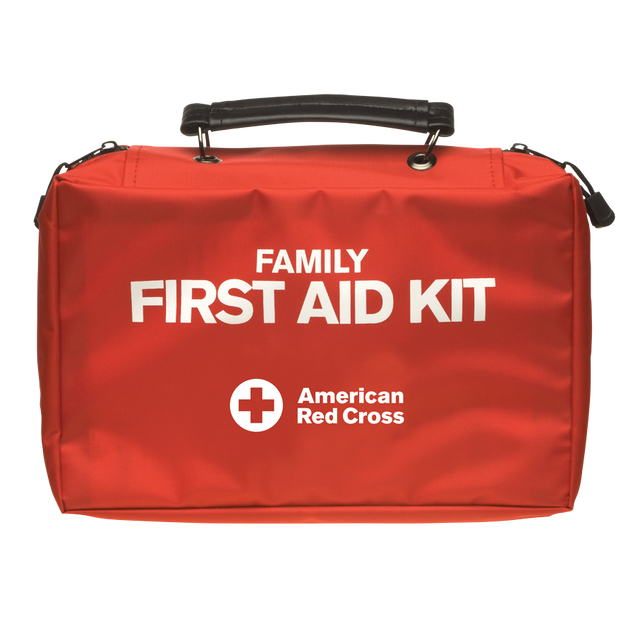
12 Must-Have Survival Items to Have In Your Car
July 1, 2020Disclosure: This is a professional review blog. Bear in mind that some of the links in this post are affiliate links and if you go through them to make a purchase I will earn a commission. Keep in mind that I link these companies and their products because of their quality and not because of the commission I receive from your purchases. All of the products are tested thoroughly and high grades are received only by the best ones. I am an independent blogger and the reviews are done based on my own opinions.
Having a tire repair kit may come in handy if you run over a nail, but what if the problem isn’t repairable and you are stranded on a desolate highway with no cell service and no other vehicles?
Contents
- 1 Having a tire repair kit may come in handy if you run over a nail, but what if the problem isn’t repairable and you are stranded on a desolate highway with no cell service and no other vehicles?
- 1.1 1. Water
- 1.2 2. Non-perishable food
- 1.3 3. Sanitation Items
- 1.4 4. Emergency Road Flares
- 1.5 5. No-Spill Gas Can with Flame Arrestor
- 1.6 6. Spare Tire, Jack, and Lug Wrench
- 1.7 7. Ice scraper and Collapsible Shovel
- 1.8
- 1.9
- 1.10 8. Satellite Telephone
- 1.11 9. 36-Hour Candle and Waterproof Matches
- 1.12 10. Swiss Army Knife
- 1.13 11. Emergency Foil Blanket
- 1.14 12. First Aid Kit
- 1.15
- 1.16 Wrapping Up
Would you be prepared to fend for yourself and your family if the worse were to happen? Although you want a well-equipped roadside assistance kit, you should also have some survival supplies in case there is no simple fix. Here are 12 must-have survival items to complement your car emergency kit.
1. Water
Without water, one can only persist for a few days; feeling the physical effects far sooner than that. If you were to get into an accident in the middle of nowhere having potable water can be a lifesaver until you can summon help. Having water on hand can also be helpful in a slew of other circumstances such as being stuck in traffic on a hot day, trying to clean debris out of wounds, and even as a replacement for coolant if you’re stuck in a tight spot. Keep in mind, if you were to use water as a coolant, be sure that the engine has cooled down and that the water is warm, otherwise you risk damaging your engine because of the extreme temperature difference.
When storing water in your vehicle, you should do so in two-liter bottles, filled three-quarters of the way up to accommodate for expansion during cold weather. You should always keep your water in the trunk away from the sunlight and heat generated by the windows. You can also put these bottles inside of a dry cooler for insulating purposes. Alternatively, you can get stainless steel water containers to completely bypass the plastic taste of old hot bottled water. Regardless, water should be cycled out every six months.
2. Non-perishable food
 Although you can do fine for much longer without food so long as you have water, it is still a good idea to keep some non-perishable food items in your car; especially if you have children. This can come in handy if there is a road closure causing you to be stuck in traffic or even if your passenger becomes hypoglycemic. If you end up not needing it for an emergency, it is always nice to have a snack on hand. If you do end up needing it during an emergency, you will be in luck. Good ideas to have in your food stash include nuts, meat jerkies, dried fruit, and power bars.
Although you can do fine for much longer without food so long as you have water, it is still a good idea to keep some non-perishable food items in your car; especially if you have children. This can come in handy if there is a road closure causing you to be stuck in traffic or even if your passenger becomes hypoglycemic. If you end up not needing it for an emergency, it is always nice to have a snack on hand. If you do end up needing it during an emergency, you will be in luck. Good ideas to have in your food stash include nuts, meat jerkies, dried fruit, and power bars.
3. Sanitation Items
 It is always good to keep sanitation items in your vehicle, even if only a little bit. First of all, if you do happen to need the bathroom while stranded, you’ll be grateful for that roll of toilet paper. You would also do well with a small package of wipes for cleaning grease off of your hands, wiping wounds, and as an alternative to toilet paper. If you are a woman, have female passengers or females often use your vehicle, it would be wise to also keep feminine supplies in with your sanitation items.
It is always good to keep sanitation items in your vehicle, even if only a little bit. First of all, if you do happen to need the bathroom while stranded, you’ll be grateful for that roll of toilet paper. You would also do well with a small package of wipes for cleaning grease off of your hands, wiping wounds, and as an alternative to toilet paper. If you are a woman, have female passengers or females often use your vehicle, it would be wise to also keep feminine supplies in with your sanitation items.
4. Emergency Road Flares
 If your vehicle has become immobile on a highway, emergency road flares are a good way to guide traffic to avoid hitting your vehicle by placing them around it. If parts of your vehicle ended up on the other side of the road and may be difficult to see, it is another great time to use an emergency road flare. In the unfortunate event that a pedestrian or passenger ends up unconscious and unmovable in the roadway, your emergency road flare could save a life. Flares do not need anything besides themselves to function; no batteries or light source required. Flares are relatively safe and manufacturers provide step by step instructions.
If your vehicle has become immobile on a highway, emergency road flares are a good way to guide traffic to avoid hitting your vehicle by placing them around it. If parts of your vehicle ended up on the other side of the road and may be difficult to see, it is another great time to use an emergency road flare. In the unfortunate event that a pedestrian or passenger ends up unconscious and unmovable in the roadway, your emergency road flare could save a life. Flares do not need anything besides themselves to function; no batteries or light source required. Flares are relatively safe and manufacturers provide step by step instructions.
5. No-Spill Gas Can with Flame Arrestor
 We would all like to think we would never be caught without gas, but life happens. The last thing you need is to be unable to bring gas back from the gas station after getting a ride or walking there. Keeping an empty, never used no-spill gas can with a flame arrestor effectively solves this problem. The reason why you want the can to never have been used is because even the fumes can be enough to catch aflame. You should not need more than a couple gallon gas can as you are only using it to make it to the next gas station. Afterward, you will run into the fume problem again. If static electricity is generated from friction between the trunk of your vehicle and the plastic of the can, without a flame arrestor, it’s possible for the entire can to light up. This is where the flame arrestor comes in. This stops any ignition from reaching down the spout and stops any fire before it becomes a problem. With a no-spill gas can with a flame arrestor, you will be able to safely get gas to your vehicle.
We would all like to think we would never be caught without gas, but life happens. The last thing you need is to be unable to bring gas back from the gas station after getting a ride or walking there. Keeping an empty, never used no-spill gas can with a flame arrestor effectively solves this problem. The reason why you want the can to never have been used is because even the fumes can be enough to catch aflame. You should not need more than a couple gallon gas can as you are only using it to make it to the next gas station. Afterward, you will run into the fume problem again. If static electricity is generated from friction between the trunk of your vehicle and the plastic of the can, without a flame arrestor, it’s possible for the entire can to light up. This is where the flame arrestor comes in. This stops any ignition from reaching down the spout and stops any fire before it becomes a problem. With a no-spill gas can with a flame arrestor, you will be able to safely get gas to your vehicle.
6. Spare Tire, Jack, and Lug Wrench
 In any good emergency roadside kit, there will be tire repair supplies. BlikZone’s Classic Car Kit comes with a 7-piece tire repair kit, an air compressor, and a digital pressure gauge, but sometimes there is no repairing a tire. Although spare tires were once standard with nearly all vehicles, up to 30% of newer vehicles leave the lot with no spare tire. If you do already have a working spare, make sure to keep a jack and a lug wrench in your vehicle. Jacks aren’t necessarily expensive or large, with some being only 15 inches by 7 pounds and can even be paid for with the money you could save on your next road trip.
In any good emergency roadside kit, there will be tire repair supplies. BlikZone’s Classic Car Kit comes with a 7-piece tire repair kit, an air compressor, and a digital pressure gauge, but sometimes there is no repairing a tire. Although spare tires were once standard with nearly all vehicles, up to 30% of newer vehicles leave the lot with no spare tire. If you do already have a working spare, make sure to keep a jack and a lug wrench in your vehicle. Jacks aren’t necessarily expensive or large, with some being only 15 inches by 7 pounds and can even be paid for with the money you could save on your next road trip.
7. Ice scraper and Collapsible Shovel
 If you live in an area where it gets cold, you likely already have an ice scraper on hand for in the morning before you leave the house. If you live in a warm environment but plan on traveling, an ice scraper is a valuable item to have in your car. Some are small enough to fit inside your driver’s side door pocket. A collapsible shovel is also a good idea in case you become buried in the snow away from home.
If you live in an area where it gets cold, you likely already have an ice scraper on hand for in the morning before you leave the house. If you live in a warm environment but plan on traveling, an ice scraper is a valuable item to have in your car. Some are small enough to fit inside your driver’s side door pocket. A collapsible shovel is also a good idea in case you become buried in the snow away from home.
8. Satellite Telephone
 Satellite phones, also known as satphones, connects by radio signals through orbiting satellites which allow them to work no matter if you are in an area that is covered by cell towers or not. Satellite phones are pretty expensive, and they are not permitted in a few countries such as Burma and North Korea, but they can effectively prevent many terrible situations that could arise from not having access to communication. Even if you do not need it after an accident or car break-down, it may come in handy after a natural disaster like a hurricane or tornado where the cell tower gets taken out.
Satellite phones, also known as satphones, connects by radio signals through orbiting satellites which allow them to work no matter if you are in an area that is covered by cell towers or not. Satellite phones are pretty expensive, and they are not permitted in a few countries such as Burma and North Korea, but they can effectively prevent many terrible situations that could arise from not having access to communication. Even if you do not need it after an accident or car break-down, it may come in handy after a natural disaster like a hurricane or tornado where the cell tower gets taken out.
9. 36-Hour Candle and Waterproof Matches
 As recommended by the Minnesota Safety Council, a 36 hour emergency candle can be handy if you have to stay put for an extended period of time. These candles come in a metal container (making them break-resistant) and have three wicks to be lit individually and rotated every 3 hours. Instead of wasting up your vehicle’s battery, these candles can provide you with light for up to a day and a half along provide with a minimal amount of warmth. No matter the amount of time you will be stranded, waterproof matches can prove useful.
As recommended by the Minnesota Safety Council, a 36 hour emergency candle can be handy if you have to stay put for an extended period of time. These candles come in a metal container (making them break-resistant) and have three wicks to be lit individually and rotated every 3 hours. Instead of wasting up your vehicle’s battery, these candles can provide you with light for up to a day and a half along provide with a minimal amount of warmth. No matter the amount of time you will be stranded, waterproof matches can prove useful.
10. Swiss Army Knife

11. Emergency Foil Blanket
 First created By NASA, emergency foil blankets are light-weight, heat-reflective blankets that are very compact before opening; meaning you won’t waste up space in your vehicle with it and can be placed in your seat’s rear pocket. These blankets are great at conserving your body heat by thermal radiation, reduced evaporation, and convection. Another additional benefit is that they can be used as a distress beacon for rescue workers since they are metallic and reflect light if your vehicle ends up stuck while driving deep in the woods. Before you go out and purchase one, check if your roadside emergency kit comes with one. They may go by another name, with this roadside emergency kit manufacturer calling them Mylar blankets in their Bundle Car Kit package.
First created By NASA, emergency foil blankets are light-weight, heat-reflective blankets that are very compact before opening; meaning you won’t waste up space in your vehicle with it and can be placed in your seat’s rear pocket. These blankets are great at conserving your body heat by thermal radiation, reduced evaporation, and convection. Another additional benefit is that they can be used as a distress beacon for rescue workers since they are metallic and reflect light if your vehicle ends up stuck while driving deep in the woods. Before you go out and purchase one, check if your roadside emergency kit comes with one. They may go by another name, with this roadside emergency kit manufacturer calling them Mylar blankets in their Bundle Car Kit package.
12. First Aid Kit
 A first aid kit is an indispensable item to complement your car’s roadside emergency kit. One of the main concerns that we are trying to cover with a roadside emergency kit is accidents, and with accidents, a medical crisis may occur. While waiting for paramedics, a first aid kit can do a lot of good. Included might be gauze pads, antiseptic, curved scissors to help remove clothes from wounds, saline solution for washing debris out of lacerations, and even a CPR mask for resuscitation.
A first aid kit is an indispensable item to complement your car’s roadside emergency kit. One of the main concerns that we are trying to cover with a roadside emergency kit is accidents, and with accidents, a medical crisis may occur. While waiting for paramedics, a first aid kit can do a lot of good. Included might be gauze pads, antiseptic, curved scissors to help remove clothes from wounds, saline solution for washing debris out of lacerations, and even a CPR mask for resuscitation.
Wrapping Up
Survival tools can go a long way, but they won’t help you if they aren’t there when you need them. Complementing your vehicle’s roadside emergency kit with survival tools can not only help you avoid inconveniences but could quite literally save a life.


